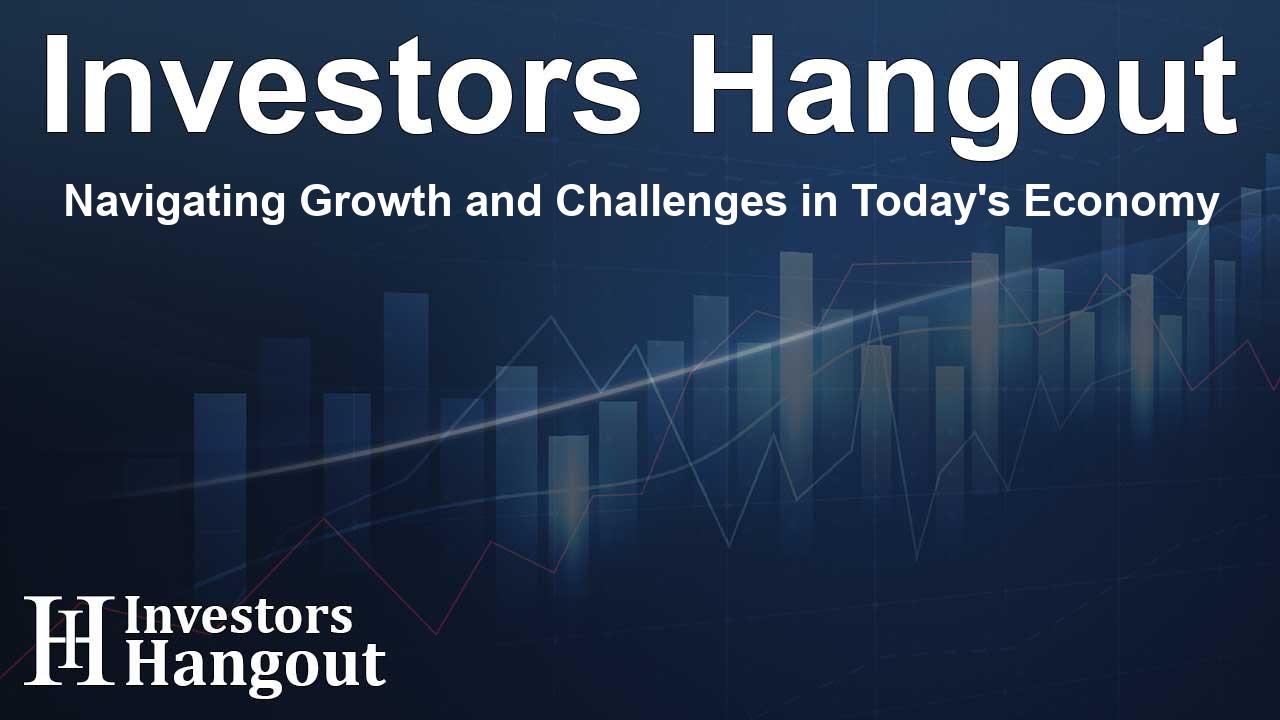Navigating Growth and Challenges in Today's Economy

Understanding Recent Economic Trends
A notable improvement in the trade position of the United States has fueled growth rates in the economy, particularly observed in the second quarter GDP. However, this surge in growth is somewhat misleading as domestic demand appears to be cooling. As consumers express concerns about the economic outlook, construction sectors face challenges, and business investments show signs of stagnating, the forecast for GDP growth remains cautious, projecting around 1.6% for the coming years.
Trade Performance and Its Impact on GDP
The latest reports indicate a second-quarter GDP growth of 3% on an annualized basis, exceeding the expected 2.5%. However, this figure still falls short of the anticipated 3.3% forecast. The shifting dynamics of trade played a crucial role in this growth; net trade was a significant contributor as imports dropped back after a surge in the first quarter. Companies had imported heavily to circumvent impending tariff increases, leading to a net trade contribution of 5 percentage points to GDP growth. However, inventory reductions subtracted 3.2 percentage points from this number, reflecting a delicate balance.
The Role of Consumer Spending
Consumer spending, which constitutes around 70% of economic activity, is pivotal in determining the health of the economy. A modest increase of 1.4% in consumer spending has been noted, but underlying anxiety regarding the effects of tariffs on household budgets, job security, and volatile asset values has led to a gradual slowdown in overall consumption. This trend raises concerns about the sustainability of growth moving forward.
Current Consumer Sentiment Analysis
Recent measures from organizations like the Conference Board indicate that consumer spending growth may remain stagnant, projecting only 1.5% growth for the third quarter. The real estate market is expected to pose further challenges as home builder confidence remains low, compounded by falling property prices for three consecutive months. Some relief may come from potential improvements in business investment, particularly if trade relationships stabilize.
Economic Risks and Federal Reserve Policy
The evolving nature of trade dynamics is likely to continue affecting headline growth rates throughout the year. The current economic landscape suggests a cooling growth trajectory, yet the Federal Reserve faces pressure to adjust interest rates. Despite speculation around possible cuts, especially in light of the President’s commentary, the economic indicators such as job growth and inflation uncertainties stemming from tariffs will likely keep the Fed cautious and focused on data trends.
Fed's Position on Interest Rates
Although there may be discussions among Fed Governors regarding a potential 25 basis point rate cut, the overall mood within the Federal Reserve committee is one of restraint. With macroeconomic indicators signaling ongoing job growth, a cut appears unwarranted, especially given inflationary concerns tied to tariffs.
Challenges Ahead for the Economy
The current economic situation presents a complex picture with growth that belies underlying challenges. As we venture forward, understanding these dynamics will be crucial for consumers and businesses alike. Staying informed and adaptive to changes in trade policy, consumer sentiment, and potential shifts in monetary policy will help navigate this intricate economic landscape.
Frequently Asked Questions
What are the main drivers of the recent GDP growth?
The main driver of recent GDP growth has been the rebound in net trade, particularly as imports decreased following a surge in the prior quarter.
How does consumer sentiment affect economic growth?
Consumer sentiment greatly influences spending behavior, which accounts for a significant portion of GDP. Increased anxiety can lead to reduced spending and slower economic growth.
Are there any projected trends for consumer spending?
Based on current indicators, consumer spending is expected to grow modestly, around 1.5%, showing limited optimism for revitalization in the near term.
What challenges do businesses face currently?
Businesses are grappling with uncertainties related to trade policies, which impact investment decisions and overall growth projections.
What is the outlook for the Federal Reserve's interest rate policy?
The Fed is likely to remain cautious due to ongoing job growth and inflation concerns, potentially delaying cuts despite external pressures.
About The Author
Contact Olivia Taylor privately here. Or send an email with ATTN: Olivia Taylor as the subject to contact@investorshangout.com.
About Investors Hangout
Investors Hangout is a leading online stock forum for financial discussion and learning, offering a wide range of free tools and resources. It draws in traders of all levels, who exchange market knowledge, investigate trading tactics, and keep an eye on industry developments in real time. Featuring financial articles, stock message boards, quotes, charts, company profiles, and live news updates. Through cooperative learning and a wealth of informational resources, it helps users from novices creating their first portfolios to experts honing their techniques. Join Investors Hangout today: https://investorshangout.com/
The content of this article is based on factual, publicly available information and does not represent legal, financial, or investment advice. Investors Hangout does not offer financial advice, and the author is not a licensed financial advisor. Consult a qualified advisor before making any financial or investment decisions based on this article. This article should not be considered advice to purchase, sell, or hold any securities or other investments. If any of the material provided here is inaccurate, please contact us for corrections.
